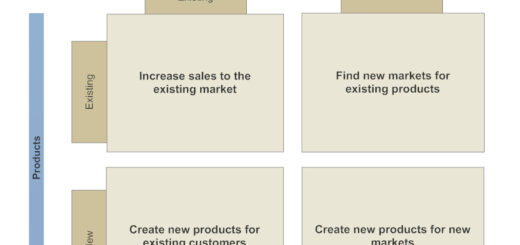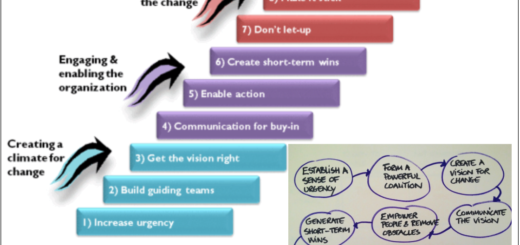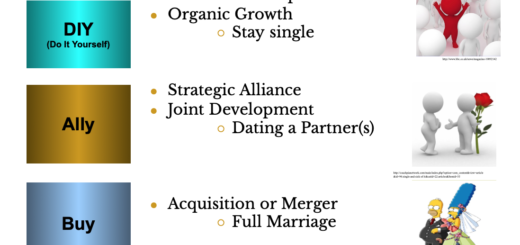Mintzberg Forms of Strategy
Henry Mintzberg, a prominent management theorist, identified five different forms of strategy:
- Plan: A plan is a deliberate strategy that is developed and executed through a structured and systematic process, with specific goals and a clear roadmap for achieving those goals. This form of strategy is often created through a top-down process, with clear decision-making authority and communication channels.
- Pattern: A pattern strategy refers to an organization’s implicit strategy, which emerges over time as a result of repeated actions and decision-making. It is often an unconscious strategy, developed through the accumulation of small, incremental decisions rather than through a deliberate and systematic planning process.
- Position: A position strategy refers to the way in which an organization aligns itself in the market, in terms of the products or services it offers, its target customers, and the geographic locations it operates in. This form of strategy is concerned with how the organization competes, rather than with its internal operations.
- Perspective: A perspective strategy refers to the long-term vision and guiding principles that shape an organization’s decision-making and behavior. This form of strategy is often implicit, and provides a sense of purpose and direction for the organization.
- Play: A play strategy refers to a more flexible and adaptive approach to strategy, where the organization is willing to experiment, take risks, and adapt to changing circumstances in real-time. This form of strategy is often used by organizations operating in rapidly changing environments, where the ability to be agile and responsive is critical.
In conclusion, these five forms of strategy provide a useful framework for understanding the different ways in which organizations can approach strategy, and the different forms that strategy can take. Understanding the different forms of strategy can help organizations to more effectively develop and execute strategies that are aligned with their goals and the realities of their operating environment.





